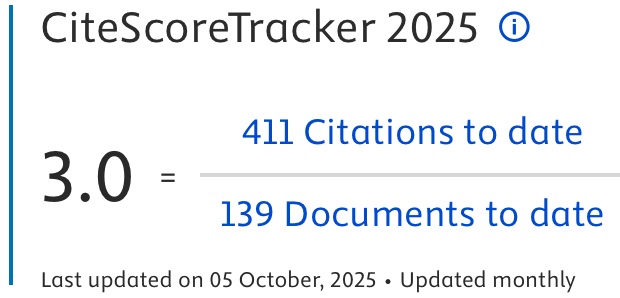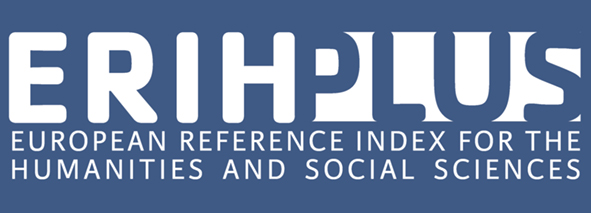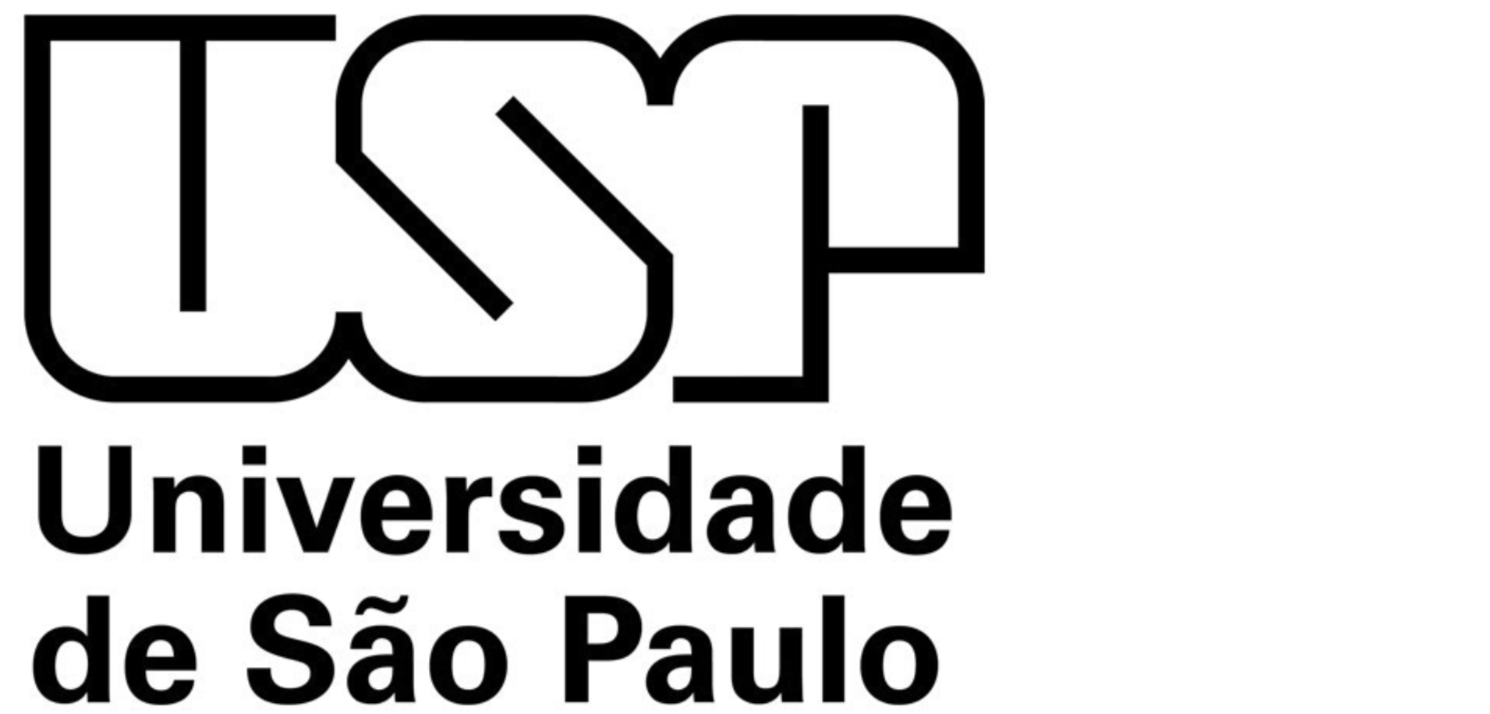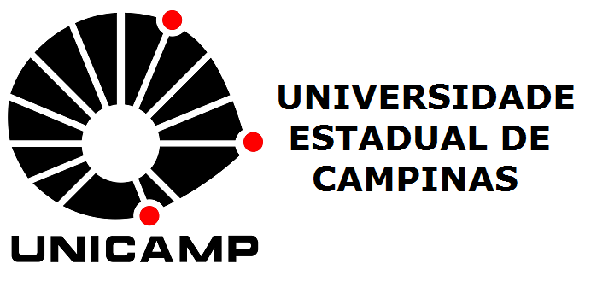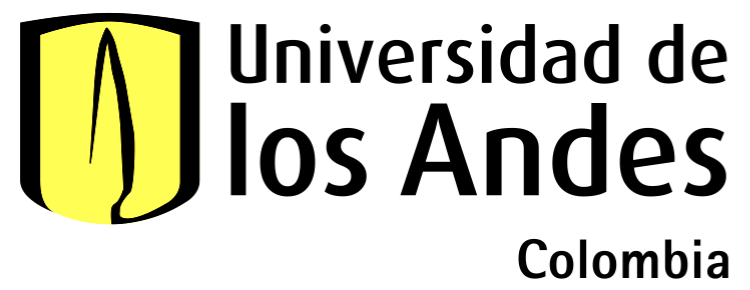Promoting health and well-being – Tools for designing community health centres and healthy neighbourhoods
DOI:
https://doi.org/10.69143/2464-9309/17152025Keywords:
meta-design, decision-support tools, urban quality, public space, social-health structuresAbstract
Within the field of studies on the built environment as a determinant of health and in the context of the ‘urban health’ approach, this article illustrates the methodology used in the Quartieri Sani Hub (lit. Healthy Neighbourhoods Hub) research to develop decision-support tools for Public Administrations and designers in the creation of healthy neighbourhoods that promote well-being. These tools include design scenarios applied to two real contexts in Florence and technical guidelines of a meta-design nature. The presented methodology highlights a recursive process between architectural design and the development of operational meta-design tools based on data derived from a participatory and analytical process developed during the research.
Article info
Received: 15/03/2025; Revised: 18/04/2025; Accepted: 20/04/2025
Downloads
Article Metrics Graph
References
Barton, H. and Grant, M. (2006), “A health map for the local human habitat”, in Journal of the Royal Society for the Promo-tion of Health, vol. 126, issue 6, pp. 252-253. [Online] Available at: doi.org/10.1177/1466424006070466 [Accessed 15 April 2025].
Bologna, R. and Torricelli, M. C. (2021), Romano del Nord – Teoria e prassi del progetto di architettura, Firenze University Press, Firenze. [Online] Available at: doi.org/10.36253/978-88-5518-319-2 [Accessed 15 April 2025].
Bonaccorsi, G., Milani, C., Giorgetti, D., Setola, N., Naldi, E., Manzi, F., del Riccio, M., Dellisanti, C. and Lorini, C. (2023), “Impact of Built Environment and Neighborhood on Promoting Mental Health, Well-being, and Social Participation in Older People – An Umbrella Review”, in Annali di Igiene, Medicina Preventiva e di Comunità, vol. 35, pp. 213-239. [Online] Avai-lable at: doi.org/10.7416/ai.2022.2534 [Accessed 15 April 2025].
Brambilla, A. and Maciocco, G. (2022), Dalle Case della Salute alle Case della Comunità – La sfida del PNRR per la sanità territoriale, Carocci Editore, Roma.
Busciantella-Ricci, D., Macchi, A., Viviani, S. and Rinaldi, A. (2024), “Healthy and Inclusive Neighbourhoods – A Design Research Toolkit for the Promotion of Healthy Behaviours”, in Sustainability, vol. 16, issue 7, article 3059, pp. 1-35. [Online] Available at: doi.org/10.3390/su16073059 [Accessed 15 April 2025].
Chaza Chimeno, M. R., Revellini, R. and Cellucci, C. (2024), “Invecchiamento della popolazione e spazi urbani – Nuove sfide digitali per il benessere degli anziani | Ageing population and urban spaces – New digital challenges for elderly well-being”, in Agathón | International Journal of Architecture, Art and Design, vol. 16, pp. 98-107. [Online] Available at: doi.org/10.19229/2464-9309/1682024 [Accessed 15 April 2025].
De Capua, A. and Errante, L. (2019) “Interpretare lo spazio pubblico come medium dell’abitare urbano | Interpreting public space as a medium for urban liveability”, in Agathón | International Journal of Architecture, Art and Design, vol. 6, pp. 148-161. [Online] Available at: doi.org/10.19229/2464-9309/6142019 [Accessed 15 April 2025].
Fazeli Dehkordi, Z. S., Khatami, S. M. and Ranjbar, E. (2022), “The Associations between Urban Form and Major Non-Communicable Diseases – A Systematic Review”, in Journal of Urban Health, vol. 99, pp. 941-958. [Online] Available at: doi.org/10.1007/s11524-022-00652-4 [Accessed 15 April 2025].
Forsyth, A., Salomon, E. and Smead, L. (2017), Creating Healthy Neighborhoods – Evidence-Based Planning and Design Strategies, Routledge, Abingdon (UK).
Galea, S. and Vlahov, D. (2005) “Urban health – Evidence, challenges, and directions”, in Annual Review of Public Health, vol. 26, pp. 341-365. [Online] Available at: doi.org/10.1146/annurev.publhealth.26.021304.144708 [Accessed 15 April 2025].
Gehl, J. (2011), Life Between Buildings – Using Public Space, Island Press.
Grant, M. and Fudge, C. (2020), “Transforming cities and health – Policy, innovation and practice”, in Cities & Health, vol. 4, issue 2, pp. 153-155. [Online] Available at: doi.org/10.1080/23748834.2020.1794671 [Accessed 15 April 2025].
Ingaramo, R., Negrello, M., Khachatourian Saradehi, l. and Khachatourian Saradhi, A. (2023), “Il progetto transcalare delle na-ture-based solutions per l’Agenda 2030 – Innovazioni e interconnessioni | Transcalar project of nature-based solutions for the 2030 Agenda – Innovations and interconnections”, in Agathón | International Journal of Architecture, Art and Design, vol. 13, pp. 97-108. [Online] Available at: doi.org/10.19229/2464-9309/1382023 [Accessed 15 April 2025].
Lee, D., Feiertag, P. and Unger, L. (2024), “Co-production, co-creation or co-design of public space? A systematic review”, in Cities, vol. 154, pp. 1-13. [Online] Available at: doi.org/10.1016/j.cities.2024.105372 [Accessed 15 April 2025].
Macchi, A., Busciantella-Ricci, D., Caruso, E. and Setola, N. (2024), “Healthy Neighbourhoods Hub (HNH) Framework – A Practical Guide for Fostering Healthy and Inclusive Living in Florence’s Urban Environment”, in Sustainability, vol. 16, is-sue 11, article 4423, pp. 1-32. [Online] Available at: doi.org/10.3390/su16114423 [Accessed 15 April 2025].
MIMIT – Ministero delle Imprese e del Made in Italy (2023), Piano Nazionale di Ripresa e Resilienza. [Online] Available at: mimit.gov.it/images/stories/documenti/PNRR_Aggiornato.pdf [Accessed 15April 2025].
Ministero della Salute (2021), Documento di indirizzo per la pianificazione urbana in un’ottica di Salute Pubblica. [Onli-ne] Available at: salute.gov.it/imgs/C_17_pubblicazioni_3125_allegato.pdf [Accessed 15 April 2025].
Montuori, L., Converso, S. and Rabazo Martín, M. (2024), “Spazi pubblici della transizione energetica – Un progetto a Nepi per il New European Bauhaus | Public spaces of the energy transition – A design in Nepi for the New European Bauhaus”, in Agathón | International Journal of Architecture, Art and Design, vol. 15, pp. 138-147. [Online] Available at: doi.org/10.19229/2464-9309/15102024 [Accessed 15 April 2025].
Pellegrino, P. (2020), “Westminster, una città per tutti – Un approccio multiscalare per una comunità sana | Westminster, city for all – A multi-scalar approach for a healthy community”, in Agathón | International Journal of Architecture Art and De-sign, vol. 7, pp. 72-81. [Online] Available at: doi.org/10.19229/2464-9309/782020 [Accessed 15 April 2025].
Pollo, R., Biolchini, E. and Scognamiglio, V. (2023), “Progettare le Case della Comunità – Applicazione dell’approccio modu-lare a un modello innovativo di presidio | Designing Community Houses – Application of the modular approach to an inno-vative model of facility”, in Agathón | International Journal of Architecture, Art and Design, vol. 14, pp. 224-235. [Online] Available at: doi.org/10.19229/2464-9309/14192023 [Accessed 15 April 2025].
Rao, M., Prasad, S., Tissera, H. and Adshead, F. (2007) “The built environment and health”, in The Lancet, vol. 370, n. 9593, pp. 1111-1113. [Online] Available at: doi.org/10.1016/S0140-6736(07)61260-4 [Accessed 15 April 2025].
Roy, R. and Warren, J. P. (2019), “Card-based design tools – A review and analysis of 155 card decks for designers and design-ing”, in Design Studies, vol. 63, pp. 125-154. [Online] Available at: doi.org/10.1016/j.destud.2019.04.002 [Accessed 15 April 2025].
Rudofsky, B. (1981), Strade per la gente – Architettura e ambiente umano, Laterza, Roma.
Setola, N. and Rinaldi, A. (eds) (2024), Progettare un Quartiere Sano – Strategie di Progetto per un Quartiere Sano, Di-daPress, Firenze. [Online] Available at: didapress.it/pubblicazione/progettare-un-quartiere-sano-strategie-di-progetto-per-un-quartiere-sano [Accessed 15 April 2025].
Torricelli, M. C. (2024), “Progetto e Norma – Una relazione travagliata ma necessaria | Architectural design and regulation – A troubled but necessary relationship”, in Techne | Journal of Technology for Architecture and Environment, vol. 27, pp. 21-26. [Online] Available at: doi.org/10.36253/techne-16056 [Accessed 20 April 2025].
UN – United Nations (2015), Transforming our world – The 2030 Agenda for Sustainable Development, document A/RES/70/1. [Online] Available at: sustainabledevelop-ment.un.org/index.php?page=viewandtype=111andnr=8496andmenu=35 [Accessed 20 April 2025].
UN-Habitat (2023), My Neighbourhood. [Online] Available at: unhabi-tat.org/sites/default/files/2023/05/my_neighbourhood_publication_ 19.05.2359.pdf [Accessed 15 April 2025].
UN-Habitat and WHO – World Health Organization (2020), Integrating Health in Urban and Territorial Planning – A Sourcebook. [Online] Available at: who.int/publications/i/item/9789240003170 [Accessed 15 April 2025].
UN-Habitat and WHO – World Health Organization (2016), Global Report on Urban Health – Equitable, Healthier Cities for Sustainable Development. [Online] Available at: iris.who.int/handle/10665/204715 [Accessed 15 April 2025].
WHO – World Health Organization (n.d.), Integrating health in urban and territorial planning – Directory of resources for planning healthy environments. [Online] Available at: who.int/tools/integrating-health-in-urban-and-territorial-planning--the-directory [Accessed 15 April 2025].
WHO – World Health Organization (2020), WHO European Healthy Cities Network Phase VII (2019–2024) – Support Package for Implementation – Compendium of Tools, Resources and Networks, Geneva, Switzerland. [Online] Available at: iris.who.int/handle/10665/359879 [Accessed 15 April 2025].
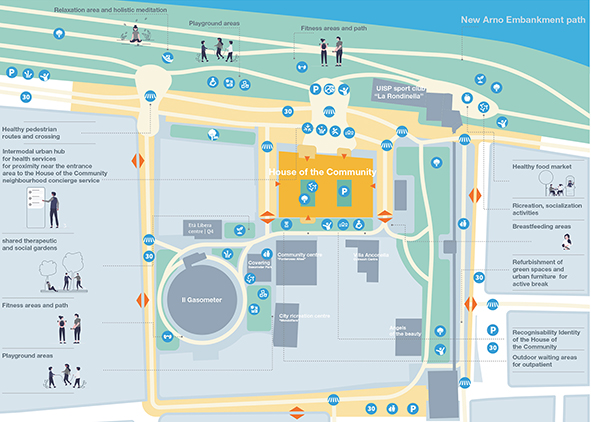
Downloads
Published
How to Cite
Issue
Section
Categories
License
Copyright (c) 2025 Nicoletta Setola, Sabrina Borgianni

This work is licensed under a Creative Commons Attribution 4.0 International License.
This Journal is published under Creative Commons Attribution Licence 4.0 (CC-BY).
License scheme | Legal code
This License allows anyone to:
Share: copy and redistribute the material in any medium or format.
Adapt: remix, transform, and build upon the material for any purpose, even commercially.
Under the following terms
Attribution: Users must give appropriate credit, provide a link to the license, and indicate if changes were made; users may do so in any reasonable manner, but not in any way that suggests the licensor endorses them or their use.
No additional restrictions: Users may not apply legal terms or technological measures that legally restrict others from doing anything the license permits.
Notices
Users do not have to comply with the license for elements of the material in the public domain or where your use is permitted by an applicable exception or limitation.
No warranties are given. The license may not give users all of the permissions necessary for their intended use. For example, other rights such as publicity, privacy, or moral rights may limit how you use the material.






